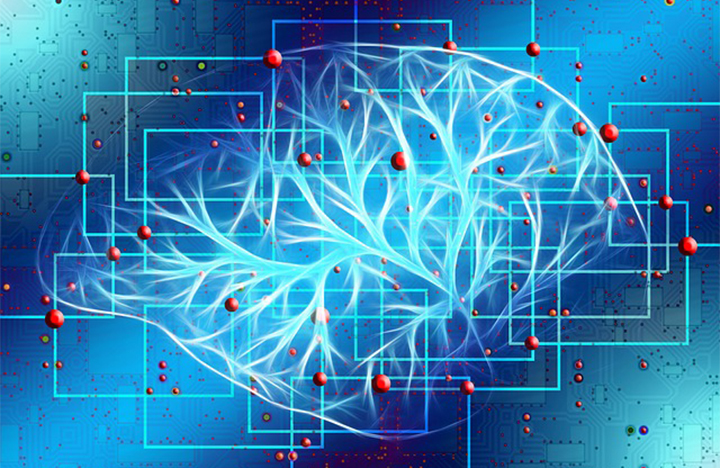



Since the concept of Artificial Intelligence (AI) was officially introduced in 1956, AI has been identified about how computers can formulate a decision-making process that can simulate the ability of human beings, especially the thinking process of the natural human being. Thanks to the exponential growth of computer arithmetic power and data sample size, AI has also ushered in an era of booming development. From AlphaGo's victory over the Go world champion in 2016 to today's popularity of ChatGPT developed by OpenAI, and the emergence of multimodal cross-modal generative large models of speech, image, and video, AI has developed from mimicking human common sense to specialized knowledge that is superior to that of humans, and even to comprehensive knowledge that is superior to that of humans. We as planners have to think about what opportunities and challenges the application of AI will bring to traditional Urban Planning?
In recent years, the academia and the industry have made various practical attempts to combine AI and urban planning, which can be roughly summarized into three levels: the first level is completing the urban planning process assisted by AI, in which the traditional urban planning and design workflow is disassembled, with the core design and decision-making work handed over to the professionals, and computers completing the established operations, such as standardization of basic data sandbox, automatic modelling of three-dimensional blocks, and drawing of planning diagrams, in place of the designers and planners, according to the input orders. The second level is the participation of AI in the urban planning process, in which AI, based on its pre-trained sufficient knowledge reserves and exhaustive possibilities, is sufficiently capable of performing the tasks of urban planning and design. The second level is AI's participation in the urban planning process, in which AI, based on its sufficient pre-trained knowledge base and powerful arithmetic power to calculate all possibilities, is sufficient to perform some of the core tasks of urban planning and design, such as the linguistic macro-model for simulating planning decisions, and the macro-model for general layout of the Master Plan and sketch designs. By analysing the laws of the evolution and construction of the city's complex mega-city systems, AI is granted the ability to mimic the professionals' ability to plan and design the city. The third level is the competition between the program made by AI and urban planners, unlike the complete trust of AI in the first two levels, this level emphasizes the professional experience of urban planning to constantly correct and guide the AI, to prevent the AI from falling into the process of self-summarization and self-judgment that deviates from the actual cognition, and the two have always been in a kind of complementary process of mutual gaming and mutual learning.
In the gradual development process of the above three levels of AI-enabled urban planning, the practice process and teaching paradigm of traditional urban planning will also have a different autonomous adaptation process. In this regard, from the perspective of Urban Planning, it is believed that the combination of AI and urban planning initially reveals the following three opportunities: Firstly, AI greatly improves the efficiency of urban planning, and in the face of the demand for large-scale urban stock regeneration actions in the new era. AI technology can quickly provide a large number of options for decision makers to choose; secondly, AI expands the possibilities of planning decisions and design solutions by touching, simulating, and even breaking through the boundaries of the human brain's thinking to achieve an unimagined picture of the city, which will give birth to new basic theories and technological iterations; thirdly, AI-empowered urban planning may be the first time in history that, under the situation of the increasingly evolving and complex mega-city systems, it will truly enhance the ability to explain the laws behind the city's appearance, as well as the ability to make a judgment with a high probability of being correct under the uncertainty. Therefore, there is no doubt the technical superiority of AI-enabled urban planning in the future. At the same time, Urban Planning, as a comprehensive discipline for future cities, has the natural advantage of being compatible with multidisciplinary knowledge and technology such as Architecture, Geographic Information Science, Computer Science and Artificial Intelligence.
However, the level of depth and breadth of the current integration of AI and Urban Planning is as unobservable and unpredictable as the black-box algorithm kernel of AI. Urban planners must recognize that they should take the lead in combining the two subjects. Since AI, as an unsupervised and generalized deep learning, lacks the professional norms and standards of urban planning, as well as the necessary value orientation and humanistic care of urban planners, it is impossible to judge whether AI will make almost paranoid decision proposals to satisfy a specific goal vision. In addition, the object of urban planning is usually oriented to the relevant subjects with multiple interests, and the application of AI in this field should also pay attention to the risk of misuse of technology caused by deliberate utilization. Therefore, the future use of AI technology in urban planning programs should be subject to multiple supervision by academia, industry, government and the public, and should move as soon as possible from completely unknown "black-box" intelligence to semi-transparent "gray-box" or even "white-box" intelligence, and enter the engineering field that conforms to diversified multi-professional norms and standards, so as to ensure that it is consistent with the value judgment of traditional urban planning, and to avoid damaging the safety and stable operation of cities.
Author: Junyan Yang,Distinguished Professor of Southeast University, Vice President of Smart City Research Institute, Southeast University
Source: <https://mp.weixin.qq.com/s/nVVfkCwWfOd258uMCPGCdw>
Translated by Zhang Chenxi